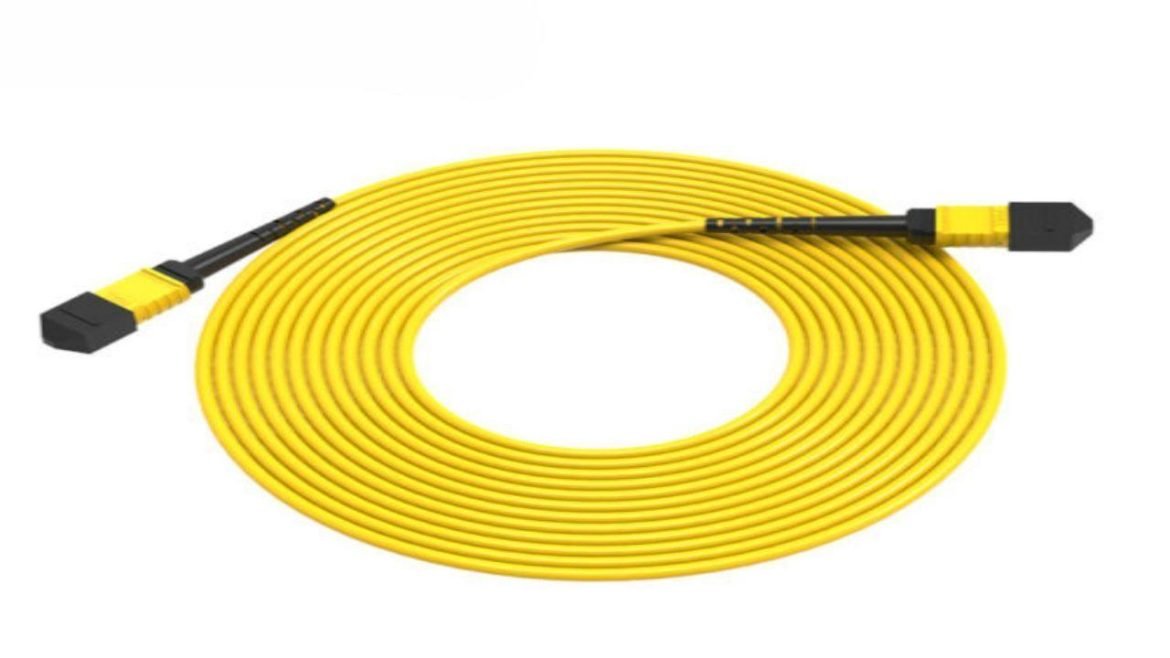The realm of fiber optics continues to expand and evolve, prompting both excitement and anticipation for what the future holds. With this comes the significance of understanding emerging trends in fiber optics product development, which are set to push the boundaries of what we thought possible. Visit the manufacturer’s website to learn more!
Technology Breakthroughs: Fueling the Evolution
The continuous evolution of fiber optics is largely driven by breakthroughs in related technology fields. For instance, the development of more efficient and robust optical fibers, crafted from refined glass compositions or improved polymers, holds the promise of elevating the performance and longevity of fiber optics products.
In addition, the application of advanced optical networking technologies such as wavelength-division multiplexing (WDM) promises to further boost the capacity of fiber optic networks. Meanwhile, the refinement of fiber optic sensors signals an era of more precise measurements in temperature, pressure, and strain, potentially transforming fields ranging from civil engineering to aerospace.
The Quest for Speed and Capacity
As our digital appetite grows, the demand for more bandwidth and faster data speeds follows suit. Consequently, the fiber optics industry is relentlessly pursuing solutions that allow for higher volume data transmission at even more rapid rates.
Space Division Multiplexing (SDM), for instance, offers an innovative approach to meet this demand. By allowing data to travel along multiple spatial paths within a single fiber optic cable, SDM has the potential to significantly expand data transfer capacity. The ongoing research in multicore and few-mode fibers is critical in this respect, promising to make SDM a practical reality and thus opening the door to the next level of data transmission capabilities.
Miniaturization and Flexibility: The Drive Towards Optimization
As we look towards the future, a noteworthy trend in fiber optics is the drive towards miniaturization and flexibility. In the healthcare industry, the development of smaller, more flexible fiber optic products could lead to advancements in minimally invasive procedures and diagnostic techniques.
The shift towards smaller, more pliable cables is also of great importance to industries where space is a premium, such as in aerospace and automotive applications. The advantages extend beyond space-saving, as lighter fiber optic cables can lead to enhanced fuel efficiency, aligning with the increasing emphasis on sustainability.
Converging Technologies: A Powerful Synergy
Looking forward, the future of fiber optics is not solely about the products themselves but also their convergence with other technologies. The Internet of Things (IoT), for example, stands as a testament to this synergy. With IoT devices proliferating at an exponential rate, the demand for efficient data transmission is escalating, calling for the capabilities inherent to fiber optics.
Additionally, the marriage of fiber optics with artificial intelligence (AI) and machine learning (ML) could unlock unprecedented capabilities, such as predictive maintenance, automation, and real-time decision making. The amalgamation of these technologies can facilitate intelligent pattern recognition in data transmission, preemptive problem identification, and even proactive adjustments for optimal network performance.
Conclusion
In essence, the future of fiber optics product development is not only exciting but also holds transformative potential. As we navigate through the maze of continuous advancement, underscored by persistent innovation and the escalating demands of a digital society, fiber optics continue to command a pivotal role.
Increased speed, capacity, ongoing miniaturization, and the convergence of cutting-edge technologies signal the path forward. As we journey into this future, staying updated on these trends is increasingly vital, not just for industry insiders but for everyone who partakes in the digital revolution. Thus, as we witness the dawn of new advancements, it becomes clear that fiber optics will remain at the heart of our digital infrastructure.
